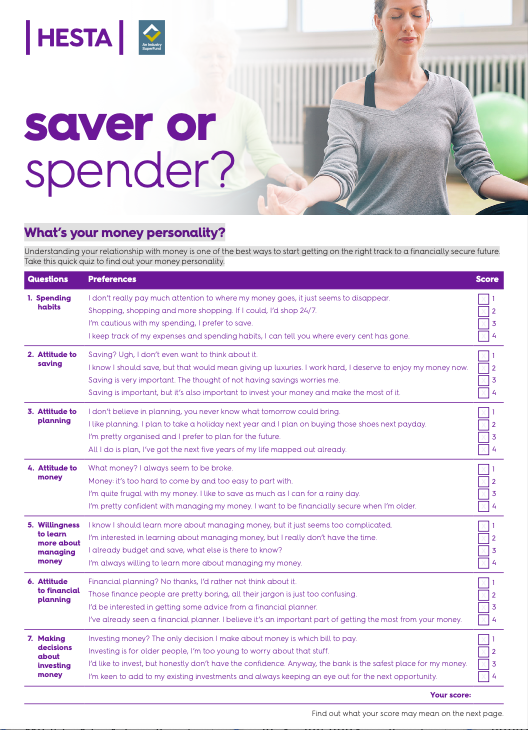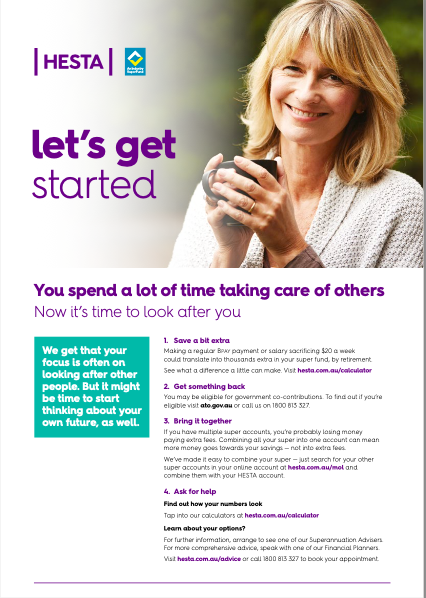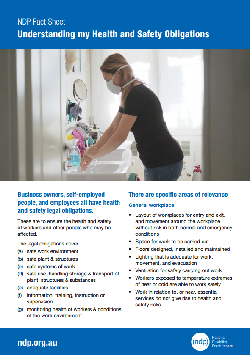Factsheets

Advisory Committee for the COVID-19 Response for People with Disability – Summary of outcomes 2 May 2023
Advisory Committee for the COVID-19 Response for People with Disability – Summary of outcomes 2 May 2023

We Want You!
Opportunity awaits ... 1 in 5 new jobs in Australia will be in the disability sector. Career opportunities include support workers, leisure buddies, youth workers, mentors, support coordinators, occupational therapists, speech pathologists, physiotherapists, cleaners, gardeners and administrative roles.

Disability Support for Older Australians Program and aged care services – For service providers
Information regarding the interface between the DSOA Program and aged care services

COVID-19 vaccination – Disability provider alert 5 April 2023
This alert contains updates for disability service providers about the COVID-19 vaccination rollout.

Control and Public Health Management of Outbreaks of Acute Respiratory Infection (including COVID-19 and Influenza) in Disability Residential Services
The Communicable Diseases Network Australia (CDNA) have developed these national guidelines for the prevention, control and public health management of outbreaks of acute respiratory infection (including COVID-19 and influenza) in disability residential services in Australia.

saver or spender?
What’s your money personality? Understanding your relationship with money is one of the best ways to start getting on the right track to a financially secure future. Take this quick quiz to find out your money personality.

Let's Get Started
You spend a lot of time taking care of others - now it’s time to look after you. Learn how with HESTA.

Understanding WHS Obligations
Business owners, self-employed people, and employees all have health and safety legal obligations. This fact sheet helps you understand work, health and safety obligations and how to meet them.

Working from Home
Many Disability Practitioners either work from home or have their home as their base for working in the community. The coronavirus led to a lot of people working from home as well. There are both advantages and disadvantages. Here are a few pointers for working from home.

Manual Handling
Under Health and Safety legislation, hazardous manual tasks are those tasks that require a person to lift, lower, push, pull, carry, or otherwise move, hold or restrain a person, animal or thing. As Disability Practitioners, we may be exposed to hazardous manual tasks as part of our work.






